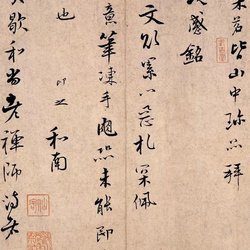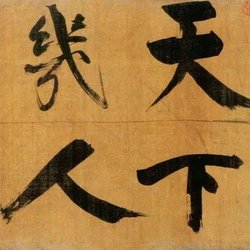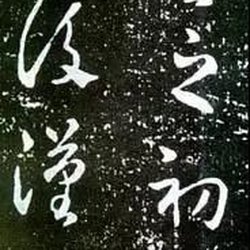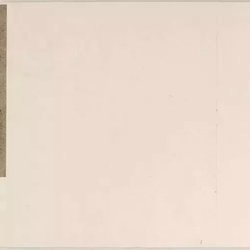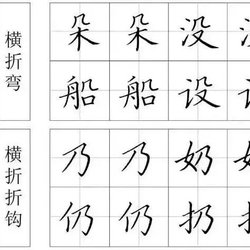Zhao Mingcheng (1081-1129), also known as Defu (also known as Defu), was born in Zhucheng, Mizhou (now Longdu Street, Zhucheng, Shandong). He was the third son of Zhao Tingzhi, prime minister during the Chongning period of Emperor Huizong of the Song Dynasty. A famous epigrapher and cultural relic collector, he was born in the fourth year of Yuanfeng of Song Dynasty (1081) and died in the third year of Jianyan of Emperor Gaozong of Song Dynasty (1129). When Zhao Mingcheng was 21 years old and still studying at Taixue, he married Li Qingzhao. In October of the fourth year of Chongning (1105), he was awarded the title of Shaoqing Honglu. In March of the first year of Daguan (1107), Zhao Tingzhi passed away and was framed by Cai Jing. He was chased for the official position and his family members were implicated. Zhao Mingcheng and his wife lived in Qingzhou Township for 13 years. During the Xuanhe period, Zhao Mingcheng served as magistrate of Laizhou and Zizhou successively. In the first year of Jianyan (1127), Emperor Gaozong of the Song Dynasty, he became aware of Jiangning Prefecture. In the third year of Jianyan (1129), Emperor Gaozong of the Song Dynasty, he moved to Huzhou but did not go there and died of illness in Jiankang.
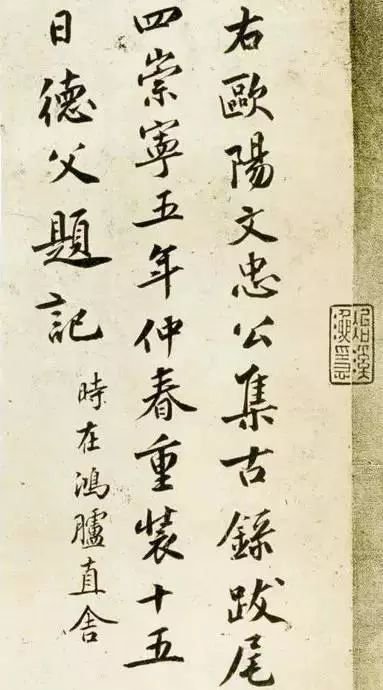
Zhao Mingcheng devoted himself to the study of epigraphy. He was good at it at a young age and remained committed to it throughout his life. He once said: "Since I was young, I have enjoyed visiting the epigraphy and stone inscriptions of previous generations from the scholars and officials of the current generation." (Preface to "Epigraphy and Stone Records") After marrying Li Qingzhao, his interest in epigraphy continued to increase, and he became increasingly obsessed with it. The ambition to fulfill the world's ancient literary and wonderful characters" ("Preface to the Records of Jinshi"). The period of staying in Qingzhou and going out to Laizhou and Zizhou was the happiest period for Zhao Mingcheng and Li Qingzhao to study knowledge together. It was also the period when Zhao Mingcheng was most successful in his epigraphy career.
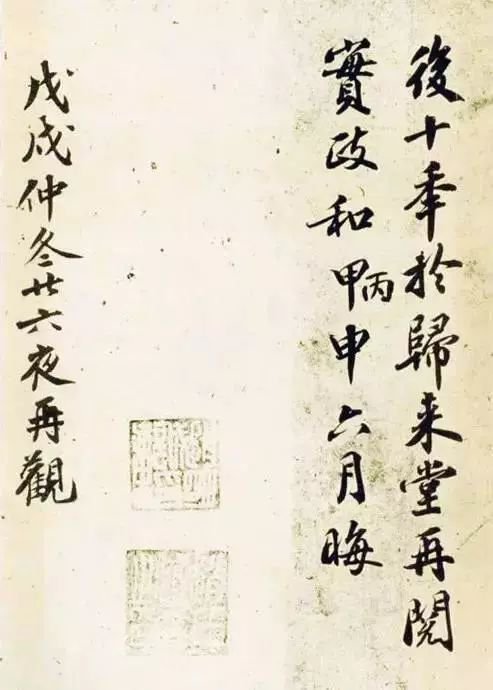
From the second year of Daguan (1108) to the third year of Xuanhe (1121), Zhao Mingcheng traveled around Yangtian Mountain, visited Lingyan Temple three times, and climbed Mount Taishan once. Either titles or rubbings, a large amount of inscription information was obtained. After years of personal visits to Guangji, and with the help of Li Qingzhao, Zhao Mingcheng completed the writing of "Inscriptions on Gold and Stone". This is a larger and more valuable monograph on epigraphy after Ouyang Xiu's "Collection of Ancient Records". There are 2,000 kinds of inscriptions and stone rubbings collected in the collection, from the three dynasties to the Sui, Tang and Five dynasties. "Inscriptions on Gold and Stone" 30 volumes. The first 10 volumes are a catalogue, arranged in chronological order; the last 20 volumes include the inscriptions on the bells, tripods and Yi vessels and the inscriptions and epitaphs on stone inscriptions, with dialectical research and many revisions to the two "Books of the Tang Dynasty". It is a must-have book for the study of ancient epigraphy and stone carvings. .
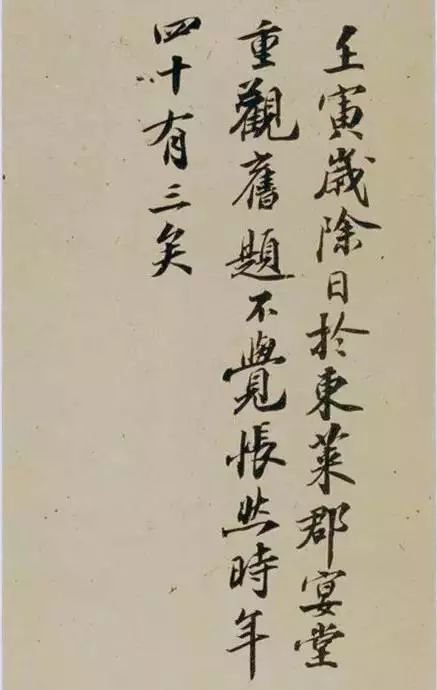
After Zhao Mingcheng inscribed Ouyang Xiu's "Collection of Ancient Records and Postscripts". Collection of the National Palace Museum, Taipei.
Explanation (Traditional Chinese):
Right Ouyang Wenzhonggong Collection of Ancient Records at the end of the fourth postscript. It was reinstalled in February of the fifth year of Chongning (1106). Inscription by Defu on the 15th. At that time, I was in Hongluzhishe.
I read it again in the Return Hall ten years later. Real politics and. First. Bingshen (1116) is dark in June.
Wuxu (1118), the twenty-sixth night of midwinter. Look again.
Renyin (1122) is the day of the end of the year. Revisit the old title at the banquet hall of Dongnae County. Feeling sad. He was thirty-three years old at that time.

